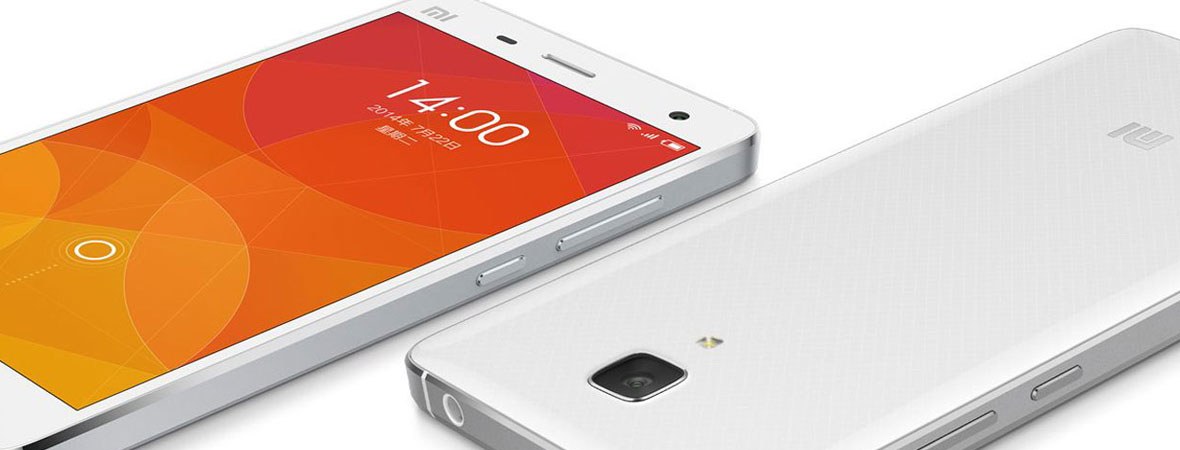
Low-cost smartphone
Smartphones are still a relatively new invention.
Sure, we wrote an article about how the first ever smartphone came to be 20 years ago. When you take a more practical and realistic approach to the smartphone’s advent, however, smartphones are still in their infancy.
And as you would already well know, with any form of new technology, prices typically remain high until something new and more evolved nudges the old out of the way. The smartphone is no exception.
If you look at the smartphones leading the market here in 2015 you’ll find that prices are most certainly still high. In Australia, Apple’s flagship iPhone 6 retails for A$999 (its larger counterpart the 6+ for A$1149); Samsung’s newest flagship the Galaxy S6 retails for A$999; and the HTC M9’s price hovers just shy of the $1000 mark.
And yes, the subsidising from telecommunication suppliers, spreading the costly load of a $1000 smartphone over a 2-year period has made it a little easier. But paying over $60 a month, over a 24-month period, with extra hidden costs around every corner - the price can certainly build up from a customer's perspective.
In most first world countries, smartphones do indeed seem omnipresent. Every corner you turn is littered with faces staring intently down, absorbed by the glow emanating from their small screen. Nevertheless, at prices like that they’re still a luxury product, reserved for only those who can afford them – namely, the middle-upper classes.
The budget-friendly smartphone
We’d say this landscape is just about due for a shakeup. Smartphones are still only in their infancy, but at the exponential rate at which technology is developing, change will come hard. And fast.
The Mi4 is a $200 smartphone developed in China by a company called Xiaomi. Currently, over 18 million handsets have been sold in China. With products launching in Taiwan, Hong Kong, Singapore, Malaysia, Philippines, India and Indonesia, according to the official Mi website – they’re ready to go global.
Just by simply looking at the countries in which the Mi is being sold, it’s obvious their target market at least for now zooms in on the emerging middle classes of the world. The Mi is the smartphone without the smartphone price tag. It’s the accessible smartphone.
The good news of the Mi though doesn’t apply exclusively to those living in emerging economies. Good quality smartphones without the ludicrous price tags will benefit everyone, at least indirectly.
The reasoning behind that logic is quite simple. Especially in developed countries, having the latest, coolest, most feature-packed smartphone is of top priority; the cost of a smart device matters less in affluent nations. Nevertheless, as competition heats up, the price of the smartphone should start to cool down. Generally. And the evidence is already beginning to surface.
Apple is one big player that has developed a price-conscious device for its loyal customers. In Australia, the iPhone 5c costs $300 less than its fancier counterpart the 5s. Nokia with their Lumia 530 is another big smartphone player that is trying to take their cut of this price-conscious smartphone pie.
The impact for businesses & marketers
The notion of a $200 smartphone may not initially mean much to business owners or marketers, but it should. The idea of a budget-friendly smartphone device opens the door for potentially endless growth within new and existing markets. It's this growth that will allow organisations the chance to connect with a new segment of users, from all over the world.
One of the most exciting elements focuses on the resulting global reach. There are roughly 1.8 billion smartphone users worldwide, 4.5 billion mobile users total and over 7 billion individuals on this planet. What impact will a more affordable smartphone mean for the growth of smartphone devices globally? A greater reach for marketers and a greater return overall.
Secondly, the trend of daily mobile usage is also on the rise. Currently sitting at 1.8 hours a day on average across the globe, mobile usage is up to almost 2.5 hours of average use amongst adults in countries such as America with that number expected to continue to grow. As more smartphone users are born - and the technology and functionality of smartphone devices continue to flourish - the opportunity to engage with customers on their smartphones will increase exponentially.
Typically with cost cuts comes quality sacrifice as well, but these new cost-friendly devices certainly aren't skipping on quality. That means those marketing campaigns being driven towards the higher end smartphone devices - those harnessing the concept of a fully immersive experience and technological innovations - will be able to continue to do so, and continue to do so in even more creative and effective manners than before.
Finally data, and don't we all love that. A greater reach means a greater sample size and with a greater sample size comes a more accurate population reflection. This innovation will have multiple positive effects for organisations, one being from a technological reach standpoint. Innovations such as geo-location will only continue to flourish as a marketing device with greater and more timely data information, improving the ability for organisations to target potential customers through their smartphone device by location.
If it all continues to go to plan, in the next five years organisations and marketers globally will have a lot to thank the budget-friendly smartphone for.
The Consensus?
However you may look at the $200 smartphone one thing is for sure, it's going to have a positive impact for not just smartphone users but organisations as well. As more cost friendly smartphones enter the markets of developing economies, that number is destined to rise. With companies like Xiaomi inserting themselves into the mix, the news for consumer and business owners wallets is good.
